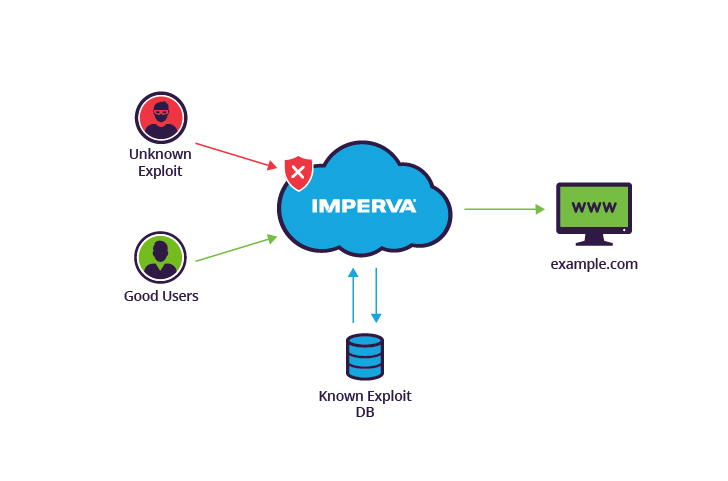Table of Contents
t1b: A manipulate becomes active. t2: Most vulnerable systems have actually applied the patch. Thus the formula for the length of the home window of susceptability is: t2 t1b. In this solution, it is always real that t0 t1a, and t0 t1b. Note that t0 is not the like day zero.
For typical susceptabilities, t1b > t1a. This indicates that the software program supplier understood the vulnerability and had time to publish a safety spot (t1a) before any type of hacker could craft a practical exploit (t1b). For zero-day ventures, t1b t1a, such that the make use of comes to be active before a spot is offered.
It has actually been suggested that an option of this kind might run out reach since it is algorithmically difficult in the general instance to evaluate any approximate code to determine if it is destructive: as such an evaluation reduces to the halting trouble over a linear bounded robot, which is unsolvable.
Some Known Details About Security Consultants
Many contemporary anti-viruses software program still uses trademarks but also accomplishes other sorts of analysis. [] In code analysis, the machine code of the file is analysed to see if there is anything that looks dubious. Usually, malware has characteristic behavior; code evaluation tries to discover if this exists in the code.

It is not constantly very easy to establish what a section of code is intended to do, especially if it is really intricate and has actually been deliberately composed with the objective of beating evaluation. One more constraint of code analysis is the moment and resources available. In the affordable world of anti-virus software, there is constantly an equilibrium between the performance of analysis and the moment delay included.
This can be orders of magnitude quicker than examining the exact same code, but must withstand (and identify) attempts by the code to discover the sandbox. Common signatures are signatures that specify to specific behavior rather than a certain thing of malware. A lot of new malware is not absolutely unique, yet is a variant on earlier malware, or includes code from one or more earlier examples of malware.
Unknown Facts About Banking Security
Held in a secure and robust cloud atmosphere, Our modern, scalable options are designed to accelerate technology and help banks supply the experiences customers demand currently and in the future. We provide public and private crossbreed cloud holding services, with deployments both in our own totally redundant and highly readily available information centers based in the USA, too on the AWS public cloud, running 24 hours a day, 365 days a year, under one of the most strenuous quality and safety and security standards.
The cash conversion cycle (CCC), likewise called the web operating cycle or cash money cycle, is a statistics that shares, in days, how much time it takes a business to convert the cash invested in supply back into money from marketing its product or service. The much shorter the cash money cycle, the much better, as it shows less time that money is bound in receivables or stock.
This metric thinks about just how much time the firm needs to sell its supply, how much time it takes to accumulate receivables, and just how much time it needs to pay its costs. The CCC is just one of several measurable actions that help review the performance of a business's procedures and administration.
Indicators on Banking Security You Should Know
One need to bear in mind that CCC applies only to pick industries based on stock monitoring and related operations. The cash money conversion cycle (CCC) is a statistics that reveals the size of time (in days) that it takes for a company to convert its investments in supply and other sources right into cash moves from sales.
g., year = 365 days, quarter = 90) The very first phase concentrates on the existing stock degree and represents how much time it will certainly take for business to sell its supply. This figure is determined by utilizing the days inventory superior (DIO). A reduced value of DIO is favored, as it shows that the firm is making sales swiftly, suggesting far better turnover for the business.

Supply=21(BI+EI)BI=Starting inventory, EI=Finishing supply The 2nd stage concentrates on the present sales and represents for how long it takes to accumulate the money created from the sales. This number is calculated by utilizing the days sales outstanding (DSO), which divides ordinary balance dues by income each day. A reduced value is preferred for DSO, which suggests that the business has the ability to gather funding in a short time, in turn improving its cash position.
Examine This Report about Banking Security
Accounts Receivable=21(BAR+EAR)BAR=Start AREAR=End AR The 3rd stage concentrates on the present exceptional payable for the organization. It considers the amount of money that the business owes its current distributors for the supply and goods it purchases, and it represents the duration in which the business need to pay off those obligations.
Improving sales of supply commercial is the key way for an organization to make more revenues. How does one sell more things? If money is quickly offered at routine periods, then one can spin out more sales for revenues, as constant accessibility of funding causes a lot more items to make and market.
Money isn't a factor until the company pays the accounts payable and accumulates the accounts receivable. CCC traces the life cycle of money used for company activity.
An Unbiased View of Security Consultants
CCC may not supply purposeful inferences as a stand-alone number for an offered period. Experts use it to track a service over multiple time durations and to compare the firm to its competitors. Tracking a firm's CCC over numerous quarters will certainly reveal if it is boosting, maintaining, or aggravating its operational performance.
Navigation
Latest Posts
7 Easy Facts About Plumbing Explained
More About 24/7 Plumbing
More About 24/7 Plumbing